
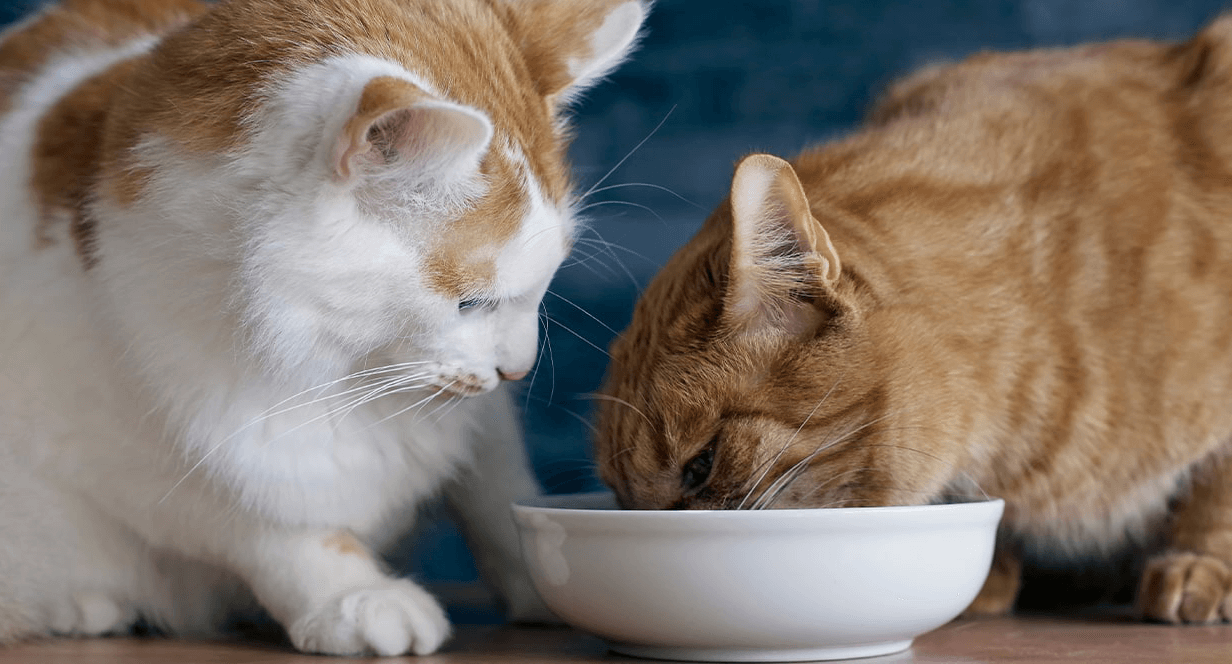
The only thing better than owning a cat is owning more than one cat. While a multiple-cat household means additional snuggles and cuddles, it can also mean a little extra work when it comes to mealtime. Fear not! We’ve assembled this tasty buffet of tips to help make sure all your feline companions get the proper amount of food and nutrition.
Similar to their humans, cats’ diets vary for a number of reasons.
Now, how can you make sure each cat is eating the right food come suppertime?
Make any changes to your cats’ diets gradually over the course of several days. This will help reduce stomach issues or requests to “speak with the manager.”
Instead of setting up a 24-hour buffet, schedule regular times for dining. This helps ensure your cats are hungry when it’s time to eat and won’t steal from anyone else’s dish throughout the day.
The best way to prevent fights over food or other eating issues is to keep an eye on your cats when you feed them. You’ll be certain everyone is getting a proper meal, and you’ll get some extra time to hang out together.
Try feeding each cat in a different room, putting their food bowls far apart or separating eating spaces with a barrier like a baby gate, trash can or chair.
Another option is to put one cat’s meal on the floor and the other’s on a countertop. This works well if one of your cats is older or heavier and can’t make the leap.
Your furry friends might not take to these changes immediately, but kind words, your ongoing affection and judicious use of treats will go a long way toward having them accept a new mealtime routine.
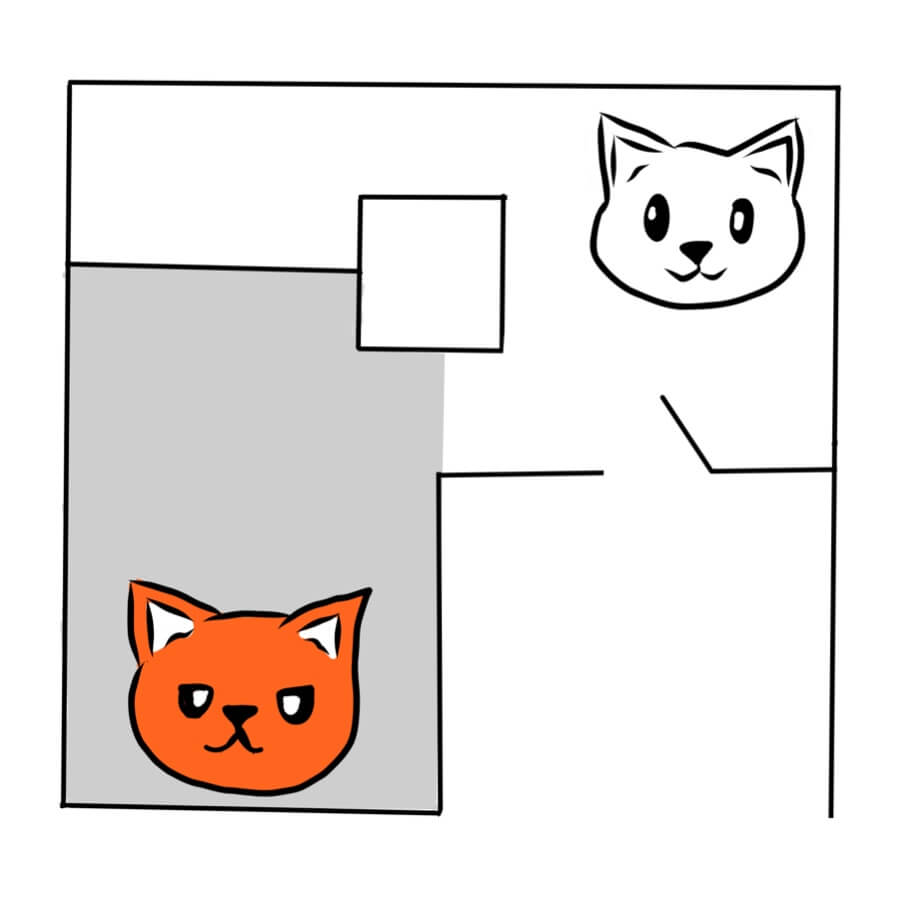
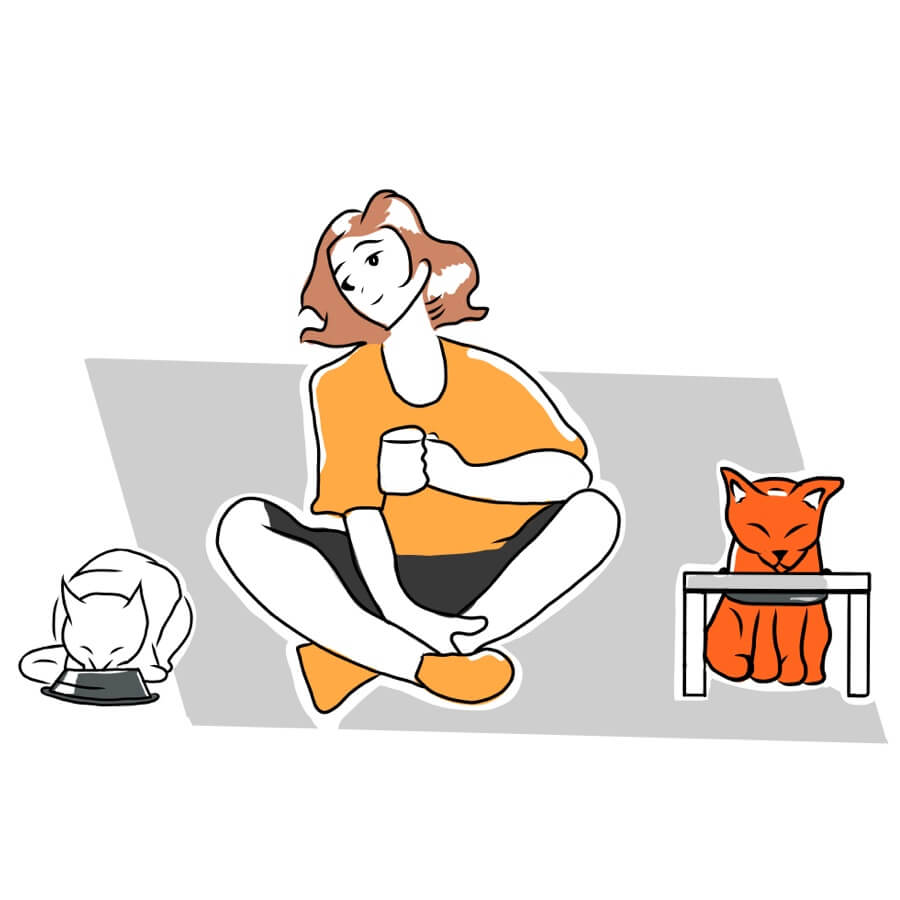
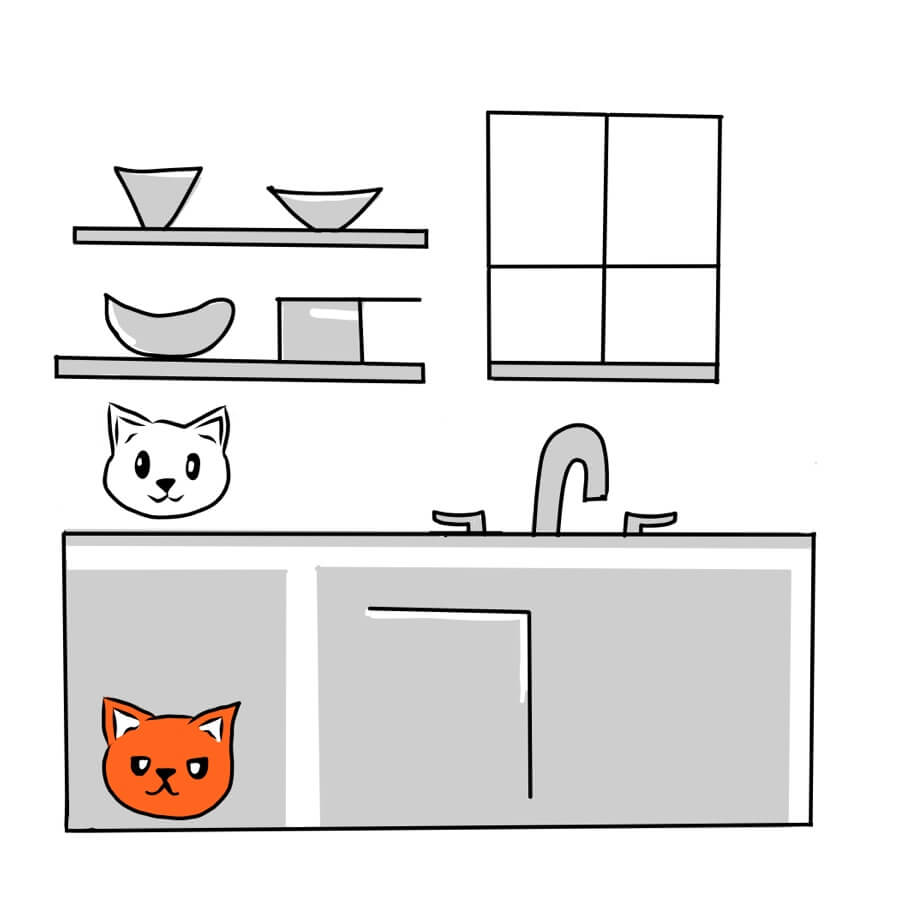
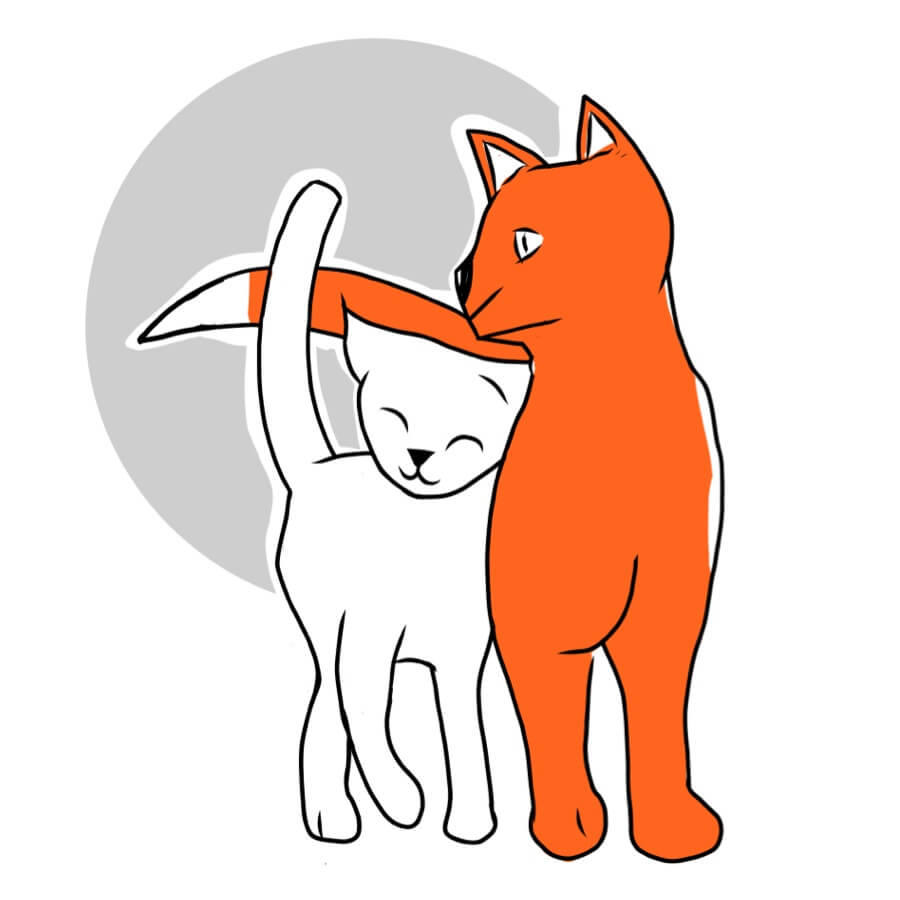
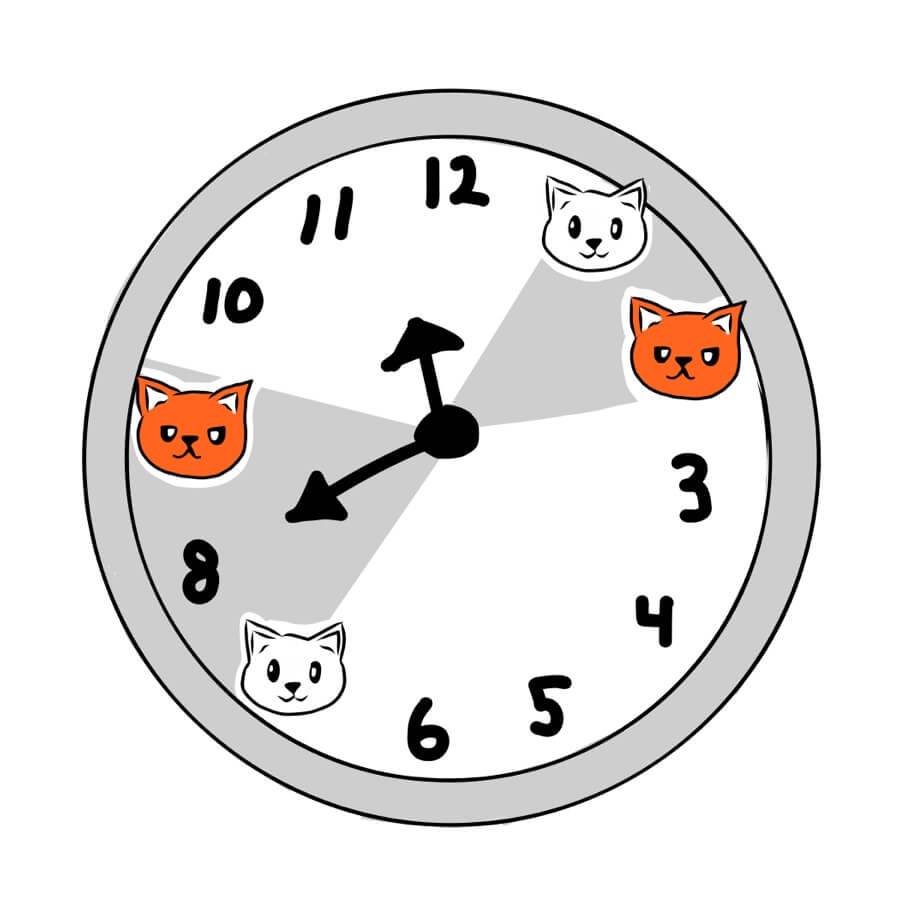
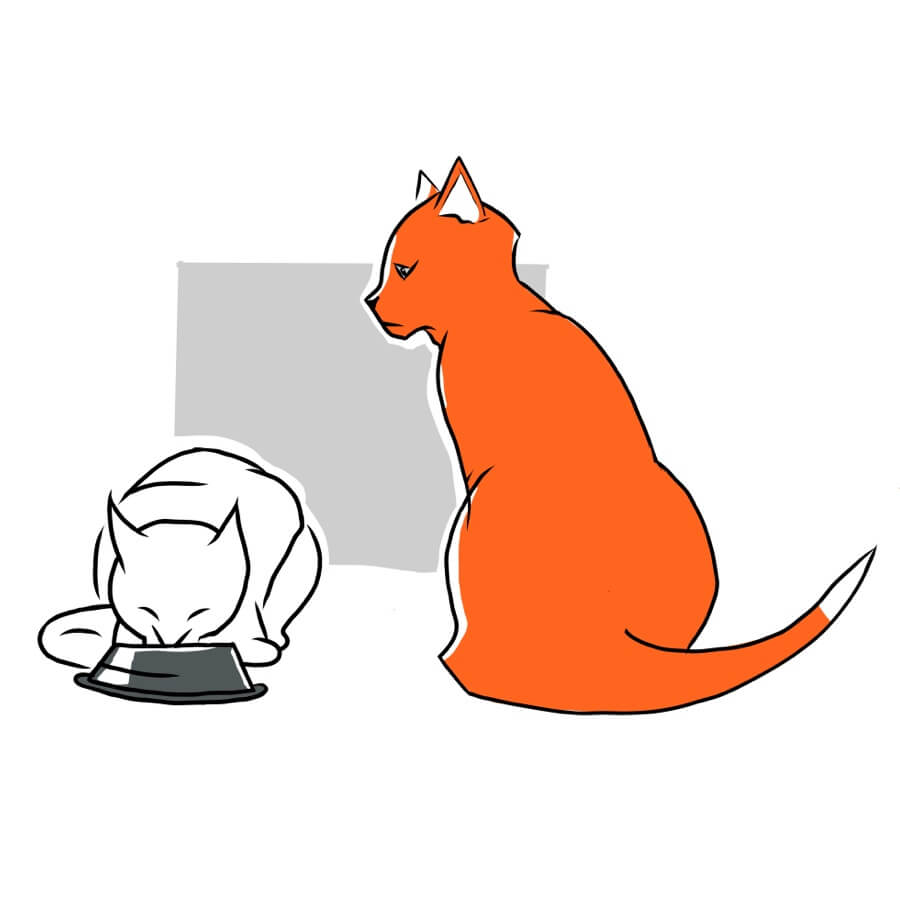


Fiber isn’t just for humans — it’s an important part of balanced nutrition for cats, too!
But how much fiber do cats need, what kinds should they be eating and how can you make sure they’re getting the right amount for their bodies?
Cats and humans both need fiber in their diets, but that doesn’t mean cats should be eating the same amount as humans. People are growing more aware of the importance of fiber in our own diets today — and while it’s good to think about your cat’s fiber intake too, it’s important to remember that cats have different dietary needs than humans.
Cats have a much shorter digestive tract than humans, and unlike humans, cats are carnivorous, so their nutritional needs are better satisfied with mostly animal-based ingredients rather than plant matter.
Nondigestible fiber supports cat health by providing bulk that helps move food through the digestive system. This fiber is largely made up of carbohydrates that cats can’t break down in the same way they digest protein or fat. This undigested matter helps usher food through your cat’s system at a healthy pace that lets them absorb the nutrients in their food and eliminate waste comfortably. Higher levels of nondigestible fiber can even help address specific conditions like frequent hairballs.
Fiber can’t be broken down and digested like proteins and fats, but some kinds can be fermented (broken down by bacteria) in your cat’s digestive system. This breakdown produces short-chain fatty acids, which provide energy to your cat’s intestines as it is fermented.
Fiber sources used in pet foods include cellulose, which is poorly fermentable; beet pulp, which is moderately fermentable; and gums and pectin, which can be highly fermentable. Appropriate levels of moderately fermentable fiber, such as beet pulp, provide the benefits of energy for the intestinal lining and bulk without the negative effects of excessive stool or gas. That makes them ideal for the health and comfort of most cats!
While a high-fiber diet can be part of a weight-loss solution for humans, our research has found that it’s not as helpful as a weight-reduction option for cats.
High levels of poorly fermentable fiber in cat food dilute the calories and nutrients in a serving and may make your cat feel fuller. Unfortunately, high fiber content can also increase the rate at which food passes through your cat’s digestive tract, making it harder for them to digest other nutrients in their food. They may be going to the litter box more often, but that doesn’t mean their digestive system is working more efficiently.
When choosing a pet food, remember that cats and humans need different things from their food. All IAMS™ cat food products are made with the right amount of moderately fermentable fiber needed to promote intestinal health. Use the IAMS™ Cat Food Selector to find a recipe tailored to your cat’s unique needs.